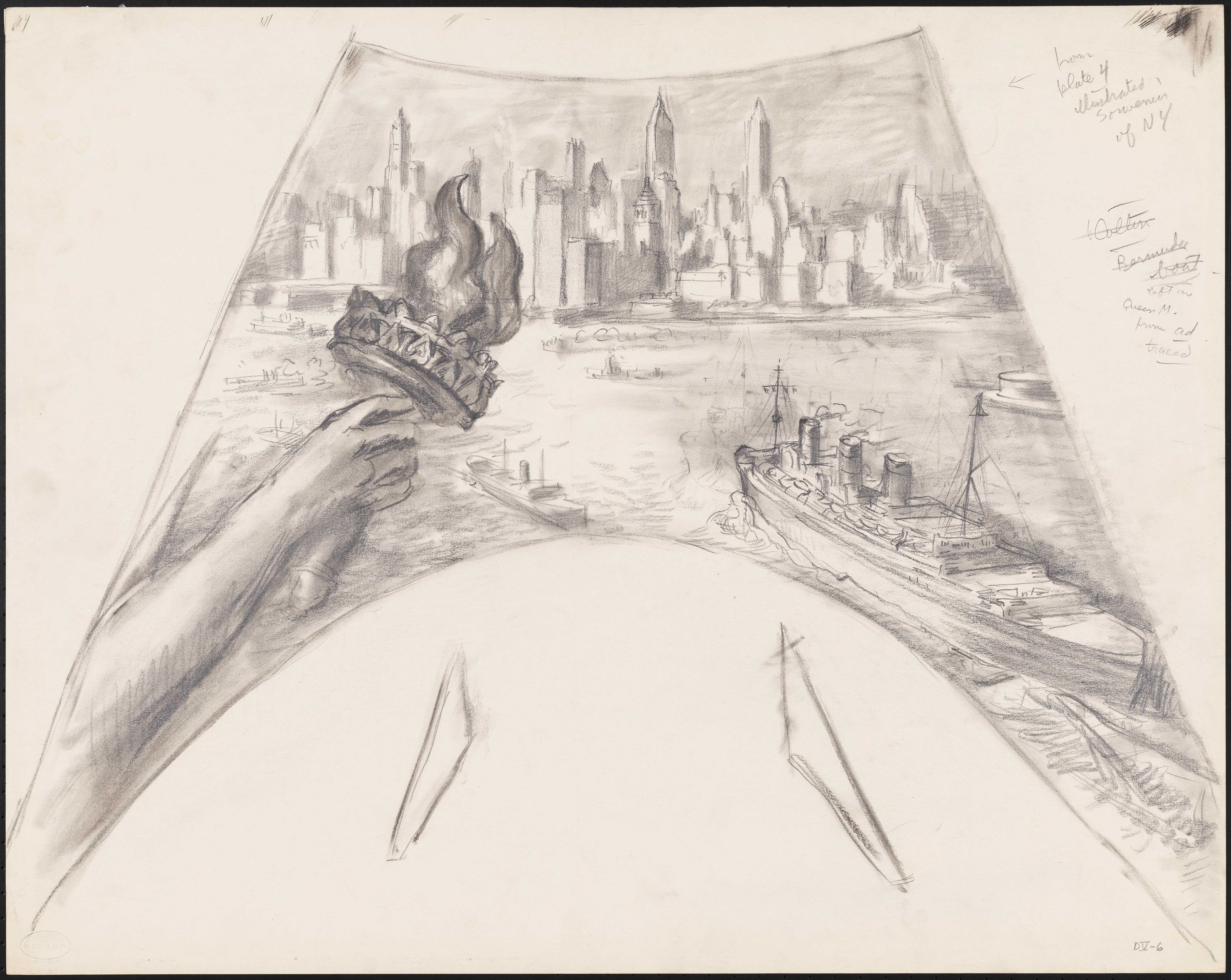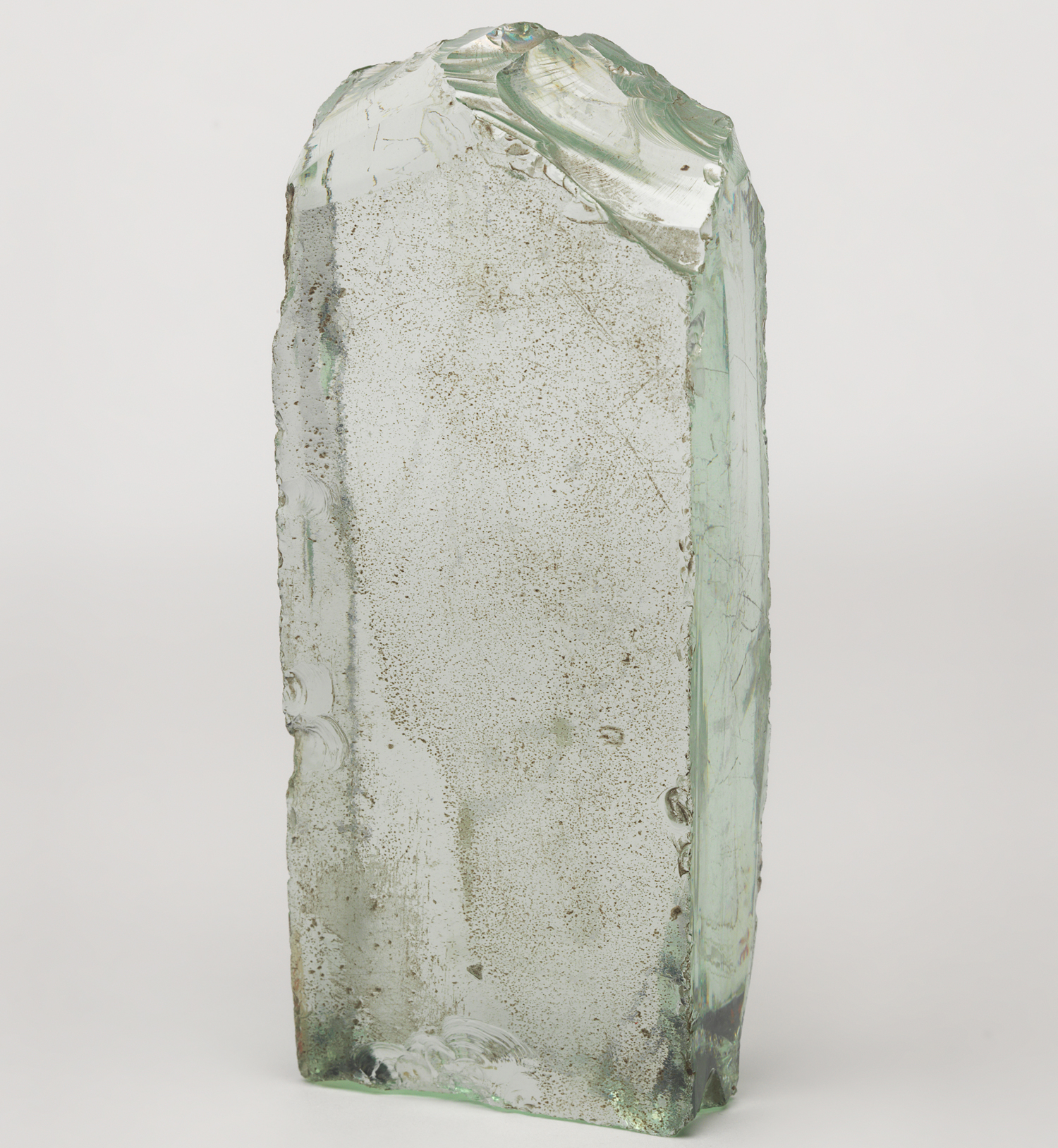The Life Cycle of a Loan
Tuesday, May 30, 2017 by
Many museums have an active loan program, borrowing from and lending to other organizations. For example, curators for New York at Its Core scoured collections far and wide to supplement the Museum’s rich collections in telling the story of this great city. There is a lot of work over a long period of time involved in making these loans happen. Let’s go behind the scenes to get an overview of the process.
When planning an exhibition, curators look for items in their own collection and the collections of other institutions to illustrate the story they want to tell. Imagine that a borrowing institution identifies loans in the collection of the Museum of the City of New York. After identifying our items, often by searching our online Collections Portal, they send a letter to us, explaining the exhibition they are planning, and asking for the loan. This normally happens one to two years before the exhibition opens!
Once we receive the request, along with a facilities report detailing the specific conditions at the borrowing institution, registrars look up information about the items, confirm that the objects are not needed in their own institution for an exhibition, and are not already promised for a loan elsewhere. They also confirm, through meticulous database records, that this object has not recently been exhibited. Depending on the type of material, once an object has been on display (the length of time varies) it must “rest” in a controlled environment away from all light before it can be shown again.
Next, the registrars present the request to collection curators and archivists here who do a physical inspection to determine whether or not the items are strong enough to withstand exhibition. Sometimes this can mean travelling for months or even years at a time. The curators determine whether or not an item will need conservation before it can travel, and how long it can be gone. They also stipulate whether or not a courier will be necessary, such as when recent selections from our Jacob Riis collection traveled to Demark.
After all of this research and vetting, the items and loan requests are presented to the Collections Committee. This is a group formed from various constituencies inside the Museum: curators, registrars, the Director, Board members, etc. They give their approval and recommend that the loan be approved by the Executive Committee, and then is presented to the full Board. This entire process can take several months.
Once the loan is approved, the registrars redouble their efforts—if conservation or cleaning is needed, we arrange for the works to be conserved. If a crate is needed, we arrange for crate makers to measure the items and prepare a crate for them. Normally, the borrowing institution’s registrars will arrange for the shipping (specialized art handling companies with expertise in moving fragile, historically important objects are required), but the lending institution must approve of their choice. The borrowing institution must also send proof of insurance coverage, which the lending registrars review and approve. The lending registrars draw up a legal contract with the borrowing institution, called a loan agreement, laying out all the necessary requirements for each unique object.
Finally, the day of shipment arrives: registrars oversee packing the items and loading them into the truck and the airplane (if necessary). The registrar might even accompany the item to its new temporary location to oversee installation. The registrars at the borrowing institution are certainly on hand, overseeing installation and making sure all items are handled as stipulated in the loan agreement, ensuring light levels, temperature, framing and mounting, and security requirements are maintained.
During the run of the exhibition, the borrower’s registrar is on hand to make sure that items are treated as specified by the lending institution (that photos are not taken if that is not permitted, etc). They conduct daily checks of the exhibition space, and will immediately alert their counterparts at the lending institution if there is any kind of problem.
When the exhibition is over, the process is reversed—registrars are there for the deinstallation, re-packing (all packing materials are kept and labelled, so that the items can be re-packed exactly as they were originally packed), and return shipment.
Once the loaned material returns to us, we unpack it, check its condition carefully (this is also done at every step of the way in the process) and return it to storage. We update all of the database records, so that future registrars will be able to see the object’s exhibition history at a glance.
For additional information regarding collections loans, please contact the Registrars’ office at MCNY-Registrars@mcny.org.




